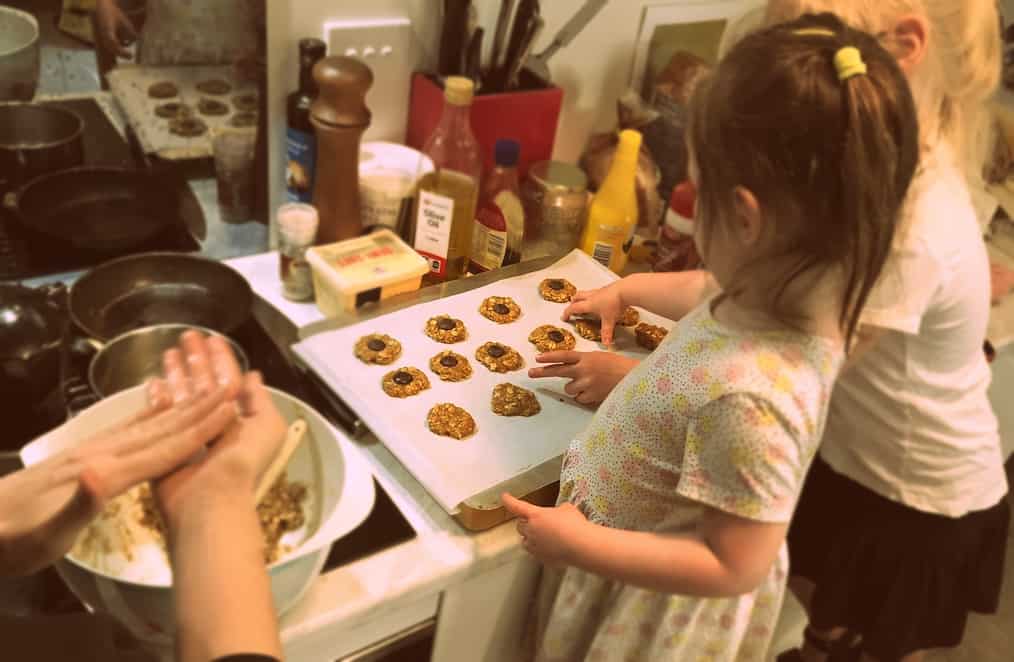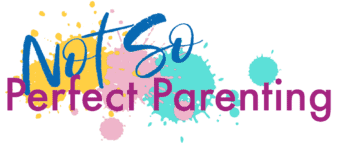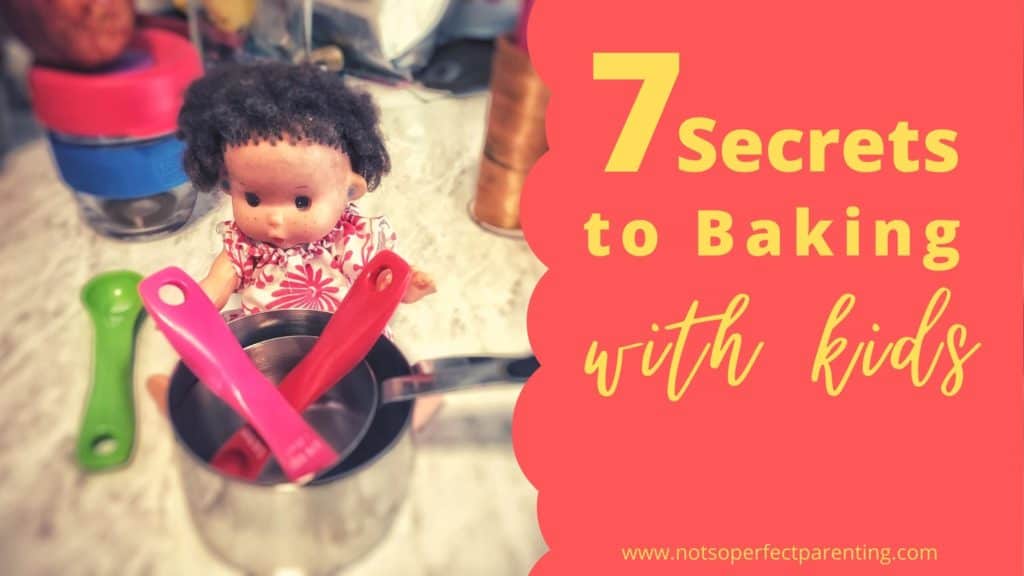Why do kids love baking so much?
Kids love baking. Because…. Dipping hands in the sugar. Of course.
I’ve always been into baking with my kids. I think it first started for my oldest daughter when she would make waffles with her grandfather on weekend mornings. That seed of a special shared memory has flowered into all kinds of baked treats.
It’s a sensory experience, using their hands, smelling (and tasting) the ingredients, the physical exertion of mixing the batter and watching it all come together.
Plus they get very concentrated adult attention. They get to feel grown up – standing on a stool next to you, learning to be careful and not burn themselves on hot things, a sense of independence as they figure out how to measure cups of flour and get most of it in the bowl.
Then there’s only a short time to wait until they get to taste the results.
With so much joy in one activity, it makes sense that we indulge them in it, surely.
Related post: How to make parenting more fun
Why is baking good for kids? What secret learning is involved?
There’s a bounty of learning opportunities for kids when it comes to baking. For school aged children, there’s many benefits, such as reading and following instructions. They use maths skills to measure out the ingredients, recognising numbers, understanding fractions.
They develop fine motor skills as they navigate all the measuring utensils and ingredients. Their cooperation, turn taking and listening skills get a workout.
It’s an excellent chance to practice patience – my daughters always want to jump ahead to the “fun” ingredients, so it’s an opportunity for them to train their impulsivity and follow the steps.
I’m now at a stage with my oldest daughter where she has a couple of recipes she can make herself. She loves the feeling of independence and agency this gives her.
And there’s even life lessons involved! Baking with kids is messy. No doubt. So there’s the lesson about cleaning up messes. Not just leaving it for someone else.
And occasionally there will be a mishap (always). An excellent chance to model how to deal with mistakes and accidents and treat them as chances to learn about next time.
Depending on the age of the child, the involvement can be varied to suit their level. I’ve held a baby on my hip while making a cake. By getting my baby to hold the end of the wooden spoon while I mixed the batter, she felt like she was baking.
Of course it also depends on your level of tolerance. So let’s start there:
7 things for parents to remember when baking with kids:
- BREATHE. Mess can be cleaned up.
- This is supposed to be fun. For parent and child.
- Give yourself plenty of time. One thing I’ve learnt is that it’s not a good idea to try and squeeze in a bit of baking before you have to rush off to a parent-teacher meeting.
- Set out the ground rules before you start – like you want them to REALLY help clean up, and they can only stick their hands in the sugar jar ONLY 2 times.
- Let them make a mess, and let them make mistakes. In other words, let them do it.
- Don’t hover. Challenge yourself to stand back and let them mess up. This is the fastest way for them to learn. And to learn about learning. And learn about how failure is your friend etc.
- You are modelling for them a fundamental life skill – How to feed and take care of themselves. If this gets stressful, it can help to keep this big-picture goal in mind.
7 Tips to make baking fun for kids and easier for you:

- Read through all the instructions first and talk about any tough bits you may need to help with.
- Get all the ingredients and utensils out first – if your child is a reader get them to help with this.
- If baking with 2 children and you want them to take turns you can halve the size of the measuring equipment. For example: If the recipe calls for 1 Cup of Flour, use the ½ cup and let them have one turn each.
- Stretch their maths skills by halving or doubling the recipe. Using measuring utensils that are fractions of a whole also gives them real world experience to help them understand these numbers in the classroom.
- Let them taste as they go – but not once a raw egg is added (potential salmonella)
- Talk about where they think the ingredients come from and how it gets to the shops.
- Talk about what each ingredient does, such as baking powder or yeast for rising.
Handy tip: It took me a while to realise that the American Table Spoon measurement is different from Kiwi (and British, Aussie). The US Tblspn is 15 mls . All the others are 20 mls. Oops.
BONUS Here’s 3 of our favourite recipes we like to bake together:
Marmite scrolls / Cinnamon scrolls
Kids love wrapping things up, rolling things into spirals. This simple recipe lets them have that hands on play while baking some yummy food.
A favourite New Zealand ingredient is Marmite. We indoctrinate our kids from very young. So it’s definitely an acquired taste. It’s a black/brown savoury spread that has a strong salty and yeasty taste. It’s made from yeast extract and was discovered as a bi-product when brewing beer.
But before you write us Kiwis off as mad for loving such a spread – it originates from Britain. Although here in NZ we had sense to make our own milder, tastier version.
If you can’t get hold of any marmite these scrolls also work out well as just plain cheese rolls or even cinnamon scrolls.
Bread rolls
You know how kids love that tactile play of play-dough? It’s even better when they can actually use those play-dough skills to make actual food.
This easy and simple recipe is our go to. You can easily swap some of the white flour for a bit of wholemeal for more fibre.
Anzac cookies

The history of this delicious and simple buttery oat cookie is connected to our ANZAC soldiers.
Each year in New Zealand we commemorate the Australian & New Zealand Army Core soldiers who fought and died at Gallipoli in World War 1. On April 25th there is a Dawn Service ceremony with certain traditions. The popular narrative is that these cookies were baked to send to soldiers as the ingredients do not easily spoil.
Whenever we bake these at home it’s a chance to talk about remembrance, the endurance, sacrifice and courage of these soldiers.
We like to add a big chocolate button on top of our cookies.



